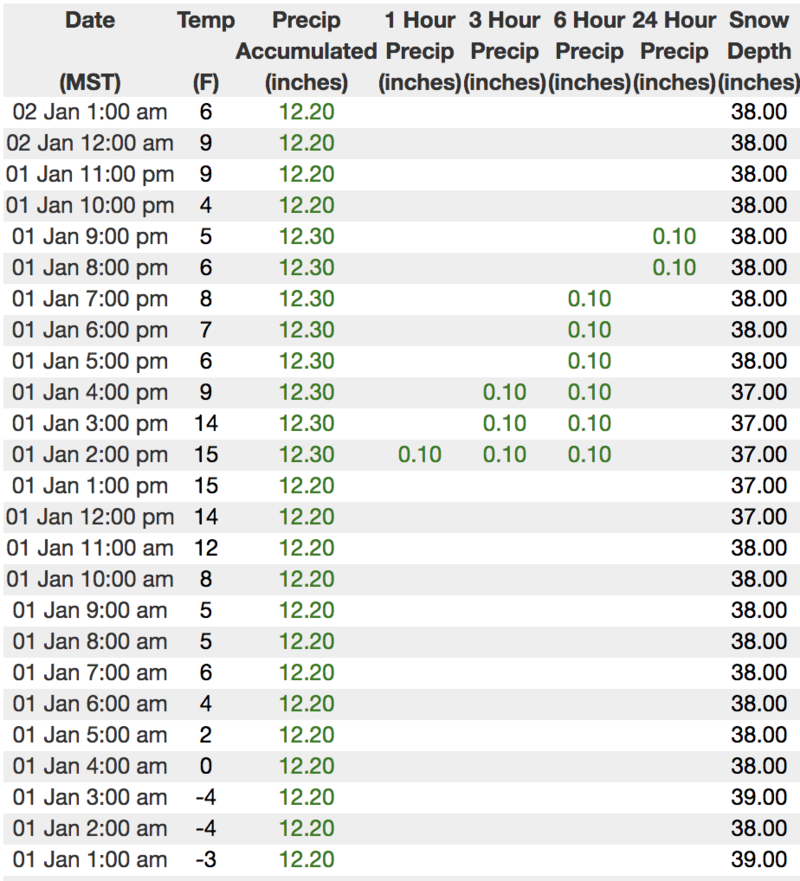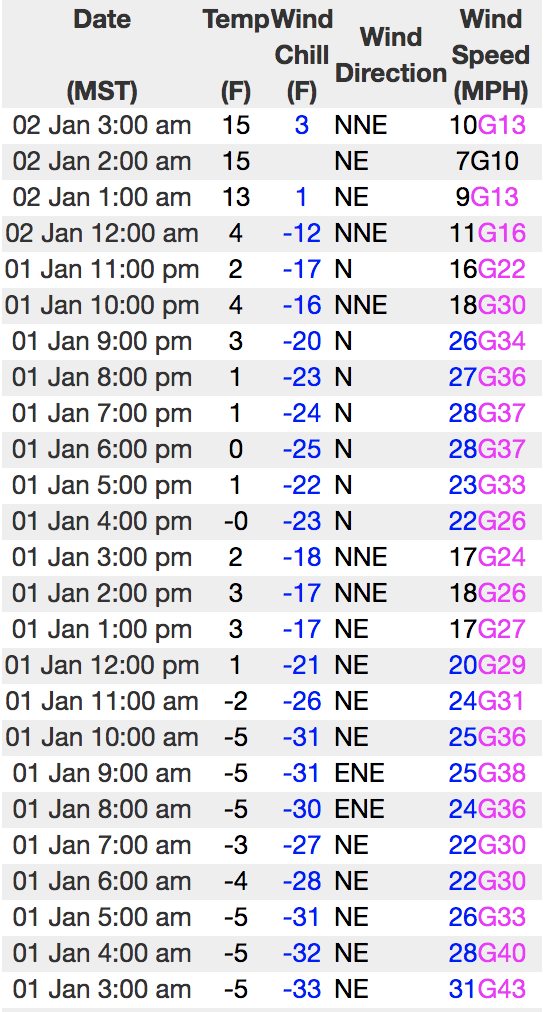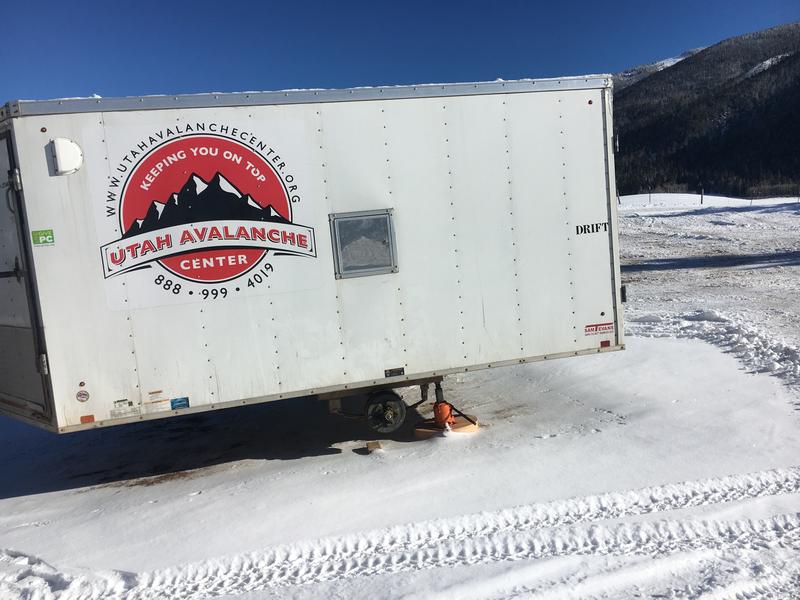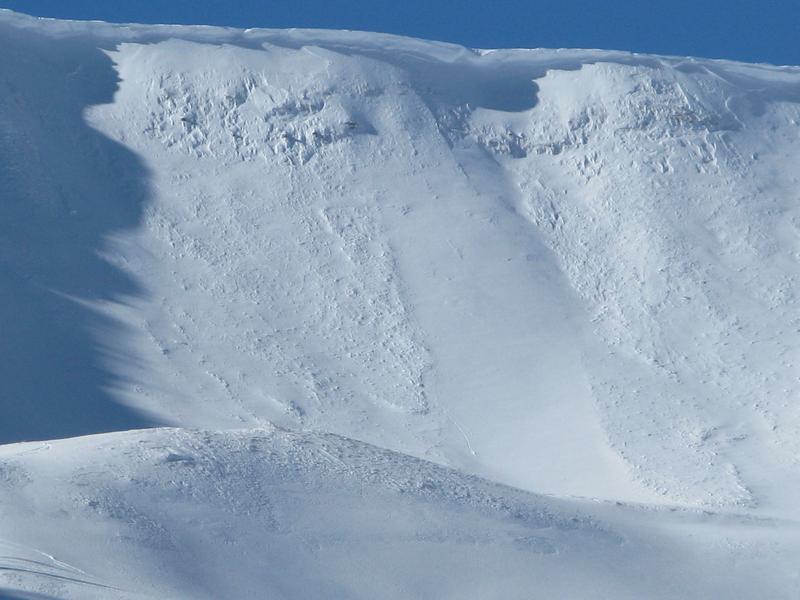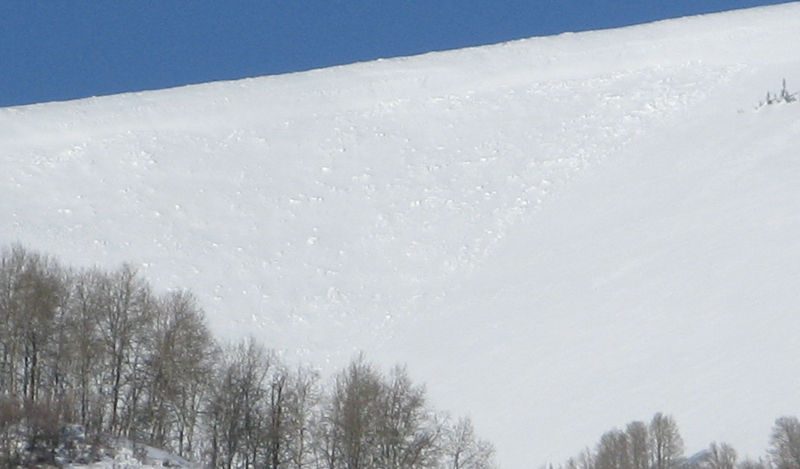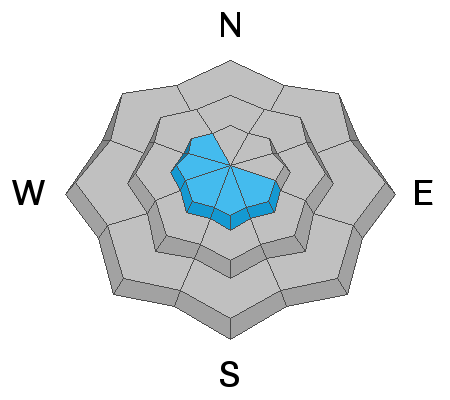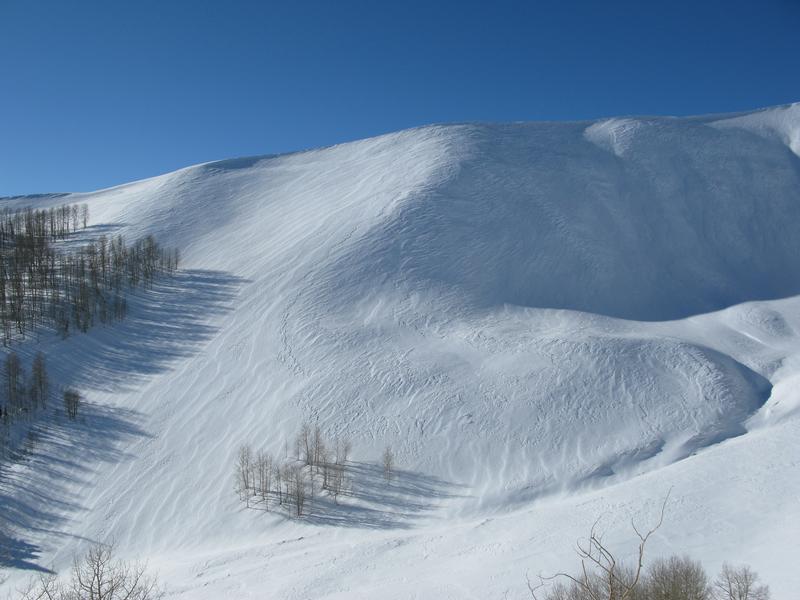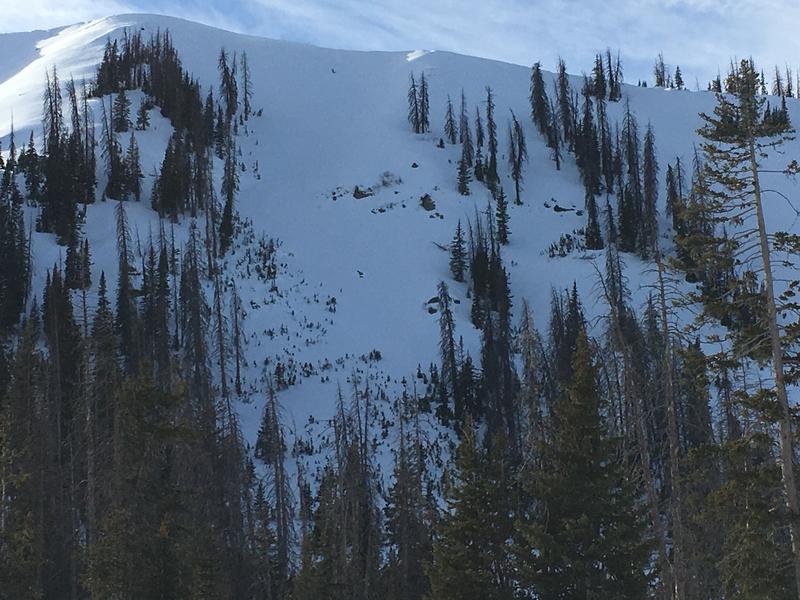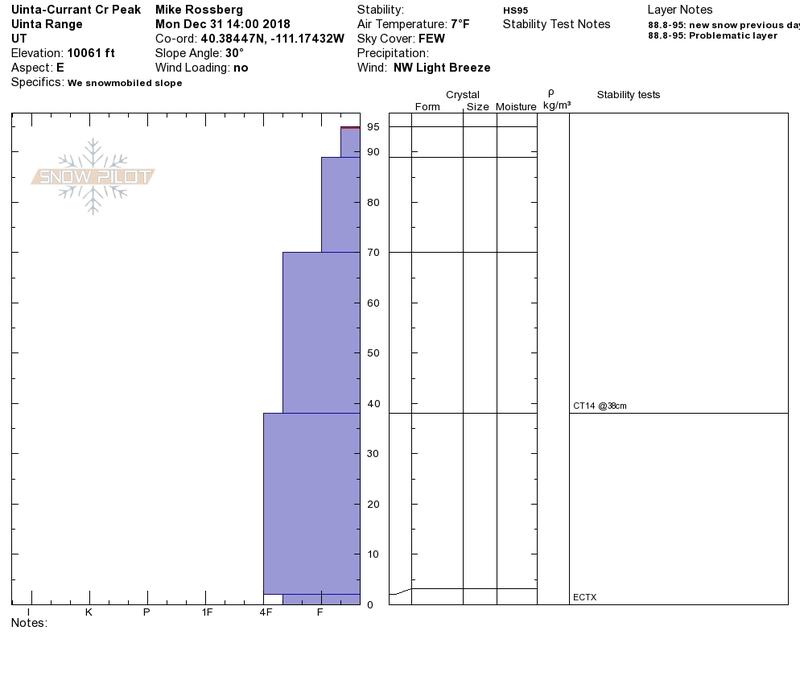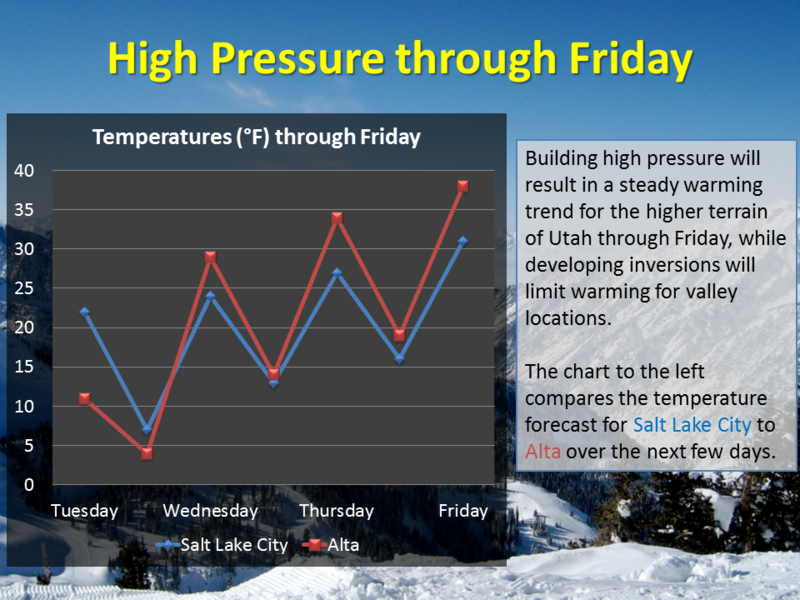Forecast for the Uintas Area Mountains

Issued by Craig Gordon on
Wednesday morning, January 2, 2019
Wednesday morning, January 2, 2019
In the wind zone, at and above treeline the avalanche danger is MODERATE and human triggered avalanches are possible on steep, wind drifted slopes.
Heads up- more pronounced in the wind zone and on slopes with a thin snowpack, an avalanche triggered in steep, rocky terrain has the potential to quickly get out of hand if it breaks into deeper buried weak layers near the ground.
If you're looking for LOW avalanche danger, simply head to wind sheltered slopes with no steep terrain above or connected to where you're riding or rip deep trenches in big, open meadows.
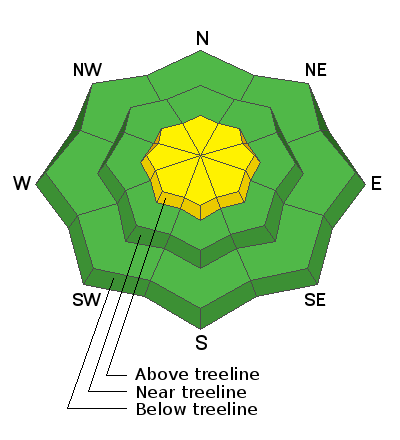
Low
Moderate
Considerable
High
Extreme
Learn how to read the forecast here


